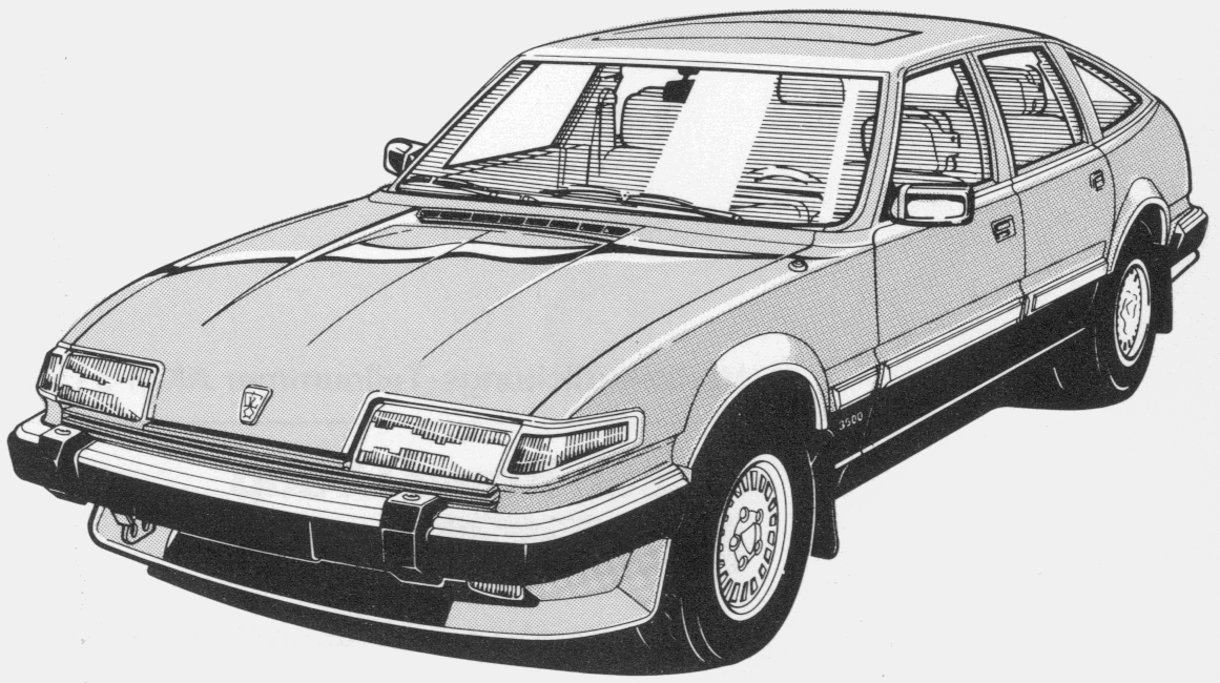
ROVER 'SD1' Series
The Upper Class Hatchback
1976 - 1986
The last 'genuine' ROVER?
Predecessor
Its direct predecessor is the popular
ROVER P6,
but also elements of the
ROVER P5
will be found in the development of the SD1.
Successor
The SD1 is followed by the
ROVER 800,
developed with Honda, which starts as a conservative saloon.
General information about the series
The car, which is initially marketed as ROVER 3500, differs considerably from previous ROVER developments. Nobody would have expected a large hatchback saloon in this class, hence the misinterpretation of the 1974 photographs, when the prototype of an SD1 was "caught" in Norway and wrongly regarded as the successor of the sports car models of Triumph.
The elegant car that replaces the ROVER P6 series after 13 years of production offers a lot of space in the interior, the large tailgate allows a variable use of the boot - but technically the vehicle is a step backwards compared to its predecessor. Especially the return to a rather simple rigid axle at the rear disappoints the experts, who expected a further development of the elaborate De Dion solution. At first the ROVER engineers had pushed the development also in this direction, but the red pencil already reigns very violently at British Leyland, to which ROVER belonged at this time.
ROVER, previously always labelled conservative, had gained a new reputation thanks to the P6 series. They were now regarded as manufacturers of vehicles that were ahead of their time. Now, with the SD1 series, a car is being launched that is at the cutting edge and has the engine in common with its predecessor. The concept is quite progressive, but technically it means a clear step backwards. The design of the basic body with attached body panels, whose advantages were never used in the P6, gives way to the usual self-supporting body. The stable, variable track de Dion rear axle is omitted in favor of a rather simple rigid axle, the highly comfortable front suspension is replaced by a McPherson suspension.
However, it must be emphasized that ROVER has been focusing on safety aspects since the P6 and that the SD1 probably takes all newer research results fully into account. It is the first production car to use the new three-layer laminated glass for the windscreen. And there's the practical side: the SD1 has a large boot - no need to drive the spare wheel on the boot lid. And the rear seat can be folded down to transport larger objects.
The wheelbase exceeds that of the P6 by 20 cm, finally space for the knees of the guests in the rear. It's a pity that the car can no longer show off with wood and leather - fabric and plastic everywhere show the red pencil. This will only change in the second edition of the car.
The suspension characteristics are good, the handling good-natured - a fine car for fast, comfortable travel. Nevertheless, the then Prime Minister Margaret Thatcher vehemently refuses to board the car. She - and many members of the government - still prefer the ROVER P5, of which the public buyers quickly ordered about 80.
In the course of the construction period, new variants of the SD1 are constantly appearing and, unlike the combination version of the ROVER P6, an elegant combi-version is also being created that offers a lot of space. But it does not go into production. British Leyland has no more money for such "experiments".The term "SD1" stands for "Special Division Project 1". The Special Division originated from the production units ROVER and Triumph, therefore the project was initially called "RT1". In this project the developments ROVER P10 - successor of the P6 - and Triumph Puma - successor of the Triumph series 2000/2500 - were combined.
In general, the body styles Mark I and Mark II are distinguished, although ROVER itself did not use these designations.
Mark I - from the introduction until 1982 - can be easily recognised by the recessed front headlights and the slightly smaller rear window.
Mark II - from 1982 until the series was discontinued - can be recognised by the smooth-surfaced recessed front headlights and the larger rear window.
There are model-dependent variants of the front spoilers.
ROVER SD1 3500 - 1976-1986 | |
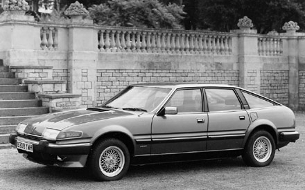 |
The SD1 was first introduced as ROVER 3500 with the V8 engine known from the P5B and P6B series. Further information on the ⇒ Rover SD1 3500 |
ROVER SD1 2300 - 1977-1986 | |
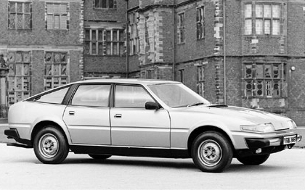 |
One year later, the 2.3 and 2.6 litre six-cylinder engines were added. First the ROVER 2300. Further informations on the ⇒ Rover SD1 2300 |
ROVER SD1 2600 - 1977-1986 | |
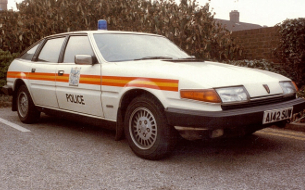 |
In addition to the 2.3 litre six-cylinder engine, the 2.6 litre was also presented. Further informations on the ⇒ Rover SD1 2600 |
ROVER SD1 2400 SD - 1982-1985 | |
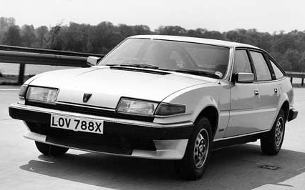 |
With an Italian diesel engine comes the 2400 SD, which is primarily intended for foreign markets. Further informations on the ⇒ Rover SD1 2400 SD |
ROVER SD1 2000 - 1982-1986 | |
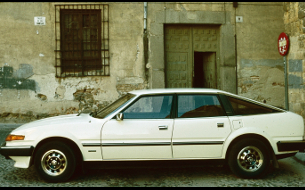 |
The 1982 added ROVER 2000 with the for the vehicle class small four-cylinder is not a big success, but is still produced in India for a long time as Standard 2000. Further information on the ⇒ Rover SD1 2000 |
Standard 2000 - 1985-1988 | |
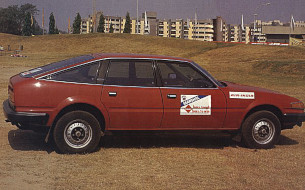 |
From 1985, the Rover SD1 was built in India as 'Standard 2000', first from supplied parts, later from locally produced parts, and fitted with petrol and diesel engines from 'Standard'. Further information on the ⇒ Standard '2000' |
 |
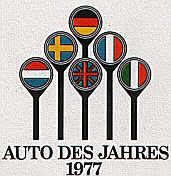 |
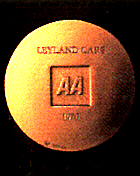 |
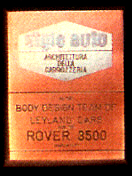 |
The ROVER 3500 (SD1) has received a number of awards.
| |||
| Overview of years of production and units produced | ||||||||||||
|---|---|---|---|---|---|---|---|---|---|---|---|---|
| Model | 1976 | 1977 | 1978 | 1980 | 1981 | 1982 | 1983 | 1984 | 1985 | 1986 | Units produced | Remarks |
| SD1 3500 V8 | X | X | X | X | X | X | X | X | X | X | 107.916 | * Total of all 3500s not listed separately |
| 3500 | X | X | X | X | X | * | ||||||
| V8 - S | X | 1.040 | ||||||||||
| 3500 SE | X | X | X | X | X | X | * | |||||
| 3500 Vanden Plas | X | X | X | X | X | X | * | |||||
| Vitesse | X | X | X | X | X | 3.897 | ||||||
| Vanden Plas EFi | X | X | 1.113 | |||||||||
| SD1 2300 | X | X | X | X | X | X | X | X | X | 42.996 | ||
| 2300 | X | X | X | X | X | X | X | X | X | |||
| 2300 S | X | X | X | X | X | X | ||||||
| SD1 2600 | X | X | X | X | X | X | X | X | X | 108.572 | ||
| 2600 | X | X | X | X | ||||||||
| 2600 S | X | X | X | X | X | X | ||||||
| 2600 SE | X | X | X | |||||||||
| 2600 Vanden Plas | X | X | ||||||||||
| SD1 2400 SD | X | X | X | X | 10.081 | With Italian diesel engine | ||||||
| SD1 2000 | X | X | X | X | X | 20.554 | Continued in India as Standard 2000 | |||||
| Total | 296.169 | |||||||||||
| A l l i n f o r m a t i o n w i t h o u t g u a r a n t e e | ||||||||||||
Total quantity: Other sources state as total quantity 303.345 or 305.139 vehicles. Included are 14,376 vehicles delivered as CDK (=Completely knocked down) cars to New Zealand and Australia and assembled there.
© 2021-2026 by ROVER - Passion / Michael-Peter Börsig

 Deutsch
Deutsch